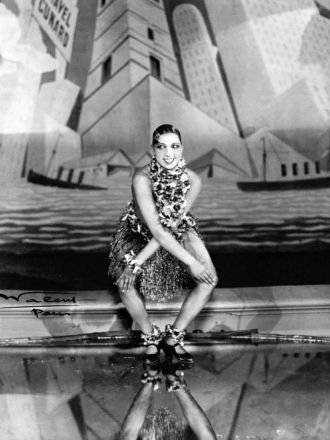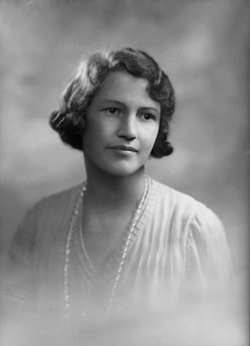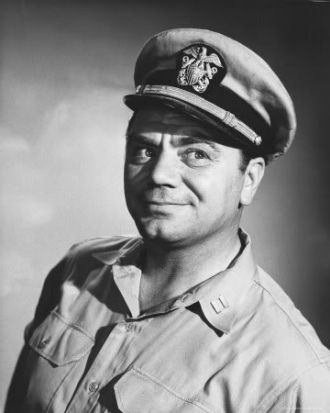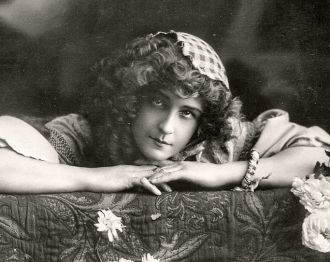Julia Child - The French Chef
The famous Julia Child holding a chicken in a kitchen during her television series 'The French Chef'. Prior to becoming a celebrity cooking instructor, Julia was a member of the Office of Strategic Services (since she was too tall to join the Women's Army Corps) during World War II where she met her husband Paul Cushing Child. Paul's transfer would eventually lead the two of them to Paris where Julia's inspiration for a culinary career began.
She would soon connect with other French food lovers and they collaborated together for years to eventually produce the 734 page 'Mastering the Art of French Cooking' cookbook. The book's popularity skyrocketed, in large part due to Julia's translation of French recipes into English and her detailed and practical descriptions and images.
Her fame spread and Julia Child was picked up by the National Educational Television station in Boston to star in 'The French Chef' which debuted on February 11th, 1963 and lasted for ten years. Julia's career blossomed more as she authored multiple cookbooks and was featured in various television series including 'Cooking with Master Chefs', 'In Julia's Kitchen with Master Chefs', 'Baking With Julia', and 'Julia Child & Jacques Pépin Cooking at Home'.
Of course, Julie Child hit a new celebrity status (outside foodies and stay at home cooks) when Saturday Night Live decided to mimic her cooking show, and thanks to the very well received Julie & Julia 2009 film.
Julia Child, born Julia Carolyn McWilliams in Pasadena California August 15th 1912, and died August 13th, 2004 of kidney failure in Casa Dorinda, Montecito.
She would soon connect with other French food lovers and they collaborated together for years to eventually produce the 734 page 'Mastering the Art of French Cooking' cookbook. The book's popularity skyrocketed, in large part due to Julia's translation of French recipes into English and her detailed and practical descriptions and images.
Her fame spread and Julia Child was picked up by the National Educational Television station in Boston to star in 'The French Chef' which debuted on February 11th, 1963 and lasted for ten years. Julia's career blossomed more as she authored multiple cookbooks and was featured in various television series including 'Cooking with Master Chefs', 'In Julia's Kitchen with Master Chefs', 'Baking With Julia', and 'Julia Child & Jacques Pépin Cooking at Home'.
Of course, Julie Child hit a new celebrity status (outside foodies and stay at home cooks) when Saturday Night Live decided to mimic her cooking show, and thanks to the very well received Julie & Julia 2009 film.
Julia Child, born Julia Carolyn McWilliams in Pasadena California August 15th 1912, and died August 13th, 2004 of kidney failure in Casa Dorinda, Montecito.
Date & Place:
at The Master Chef Studio in USA

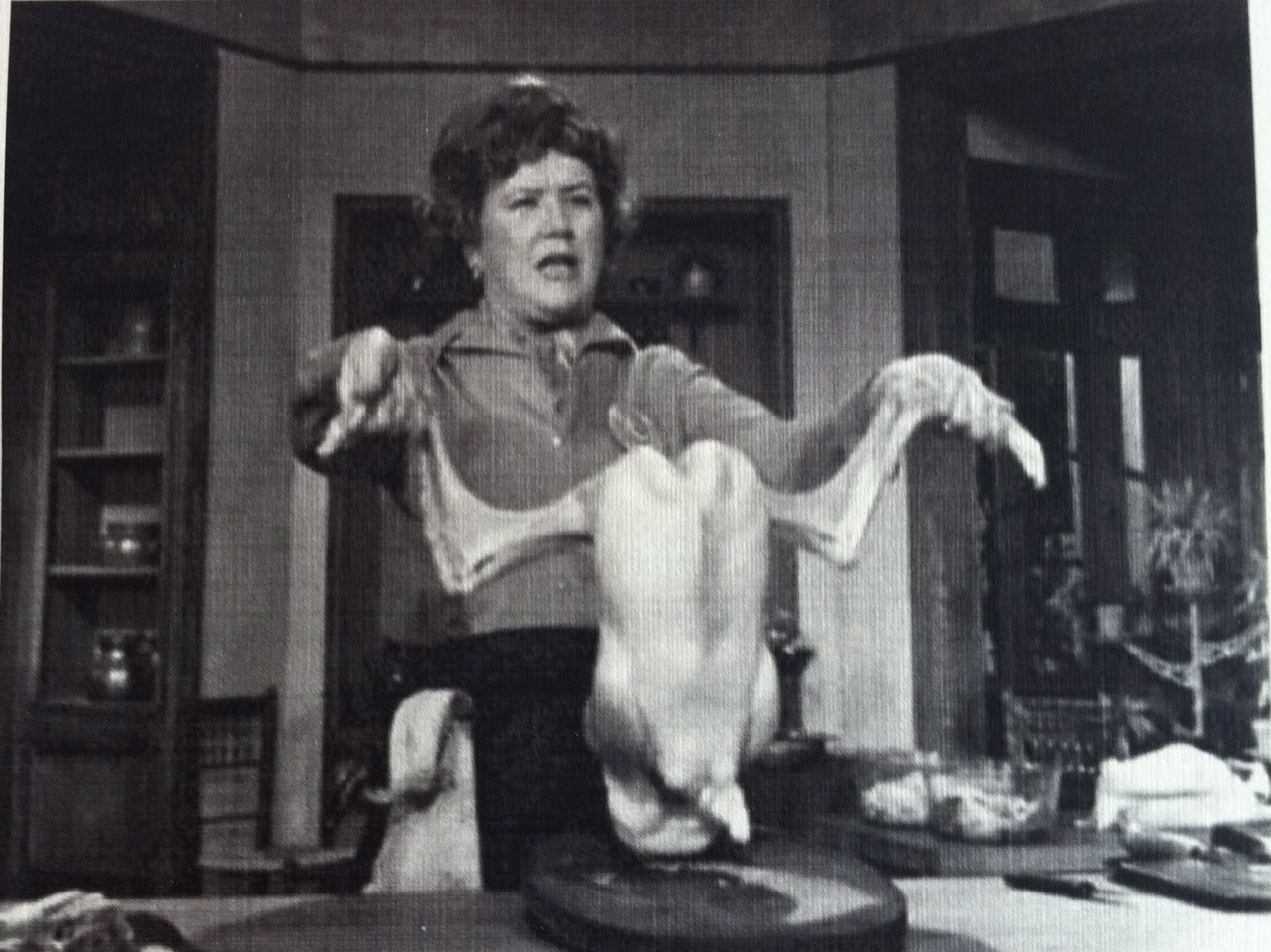
 Daniel Pinna
Daniel Pinna 


